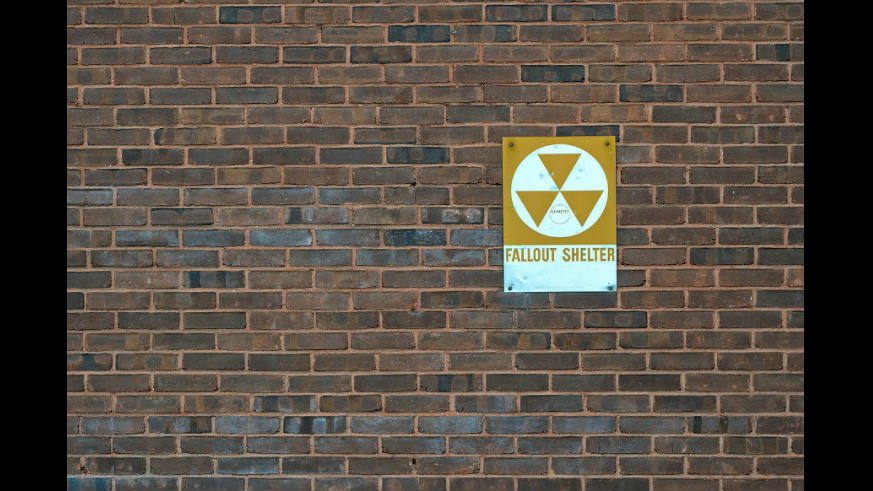
In 1974, India, and in 1998, Pakistan, two countries that were openly hostile toward each other, developed nuclear weapons.

Together, these two bombings resulted in the deaths of approximately 200,000 people and contributed to the surrender of Japan, which occurred without any further use of nuclear weapons in the conflict.Īfter World War II, nuclear weapons were also developed by the Soviet Union (1949), the United Kingdom (1952), France (1960), and the People's Republic of China (1964), which contributed to the state of conflict and extreme tension that became known as the Cold War. Three days later, on August 9, a plutonium implosion-type device (code name " Fat Man") was detonated over the Japanese city of Nagasaki. On August 6, 1945, a uranium gun-type device (code name " Little Boy") was detonated over the Japanese city of Hiroshima. To date, the only use of nuclear weapons in armed conflict occurred in 1945 with the American atomic bombings of Hiroshima and Nagasaki. A global thermonuclear war with Cold War-era stockpiles, or even with the current smaller stockpiles, may lead to various scenarios including the extinction of the human species. A major nuclear exchange would likely have long-term effects, primarily from the fallout released, and could also lead to secondary effects, such as " nuclear winter", nuclear famine, and societal collapse. Nuclear weapons are weapons of mass destruction in contrast to conventional warfare, nuclear warfare can produce destruction in a much shorter time and can have a long-lasting radiological result.

Nuclear warfare, also known as atomic warfare, is a military conflict or prepared political strategy that deploys nuclear weaponry.


 0 kommentar(er)
0 kommentar(er)
